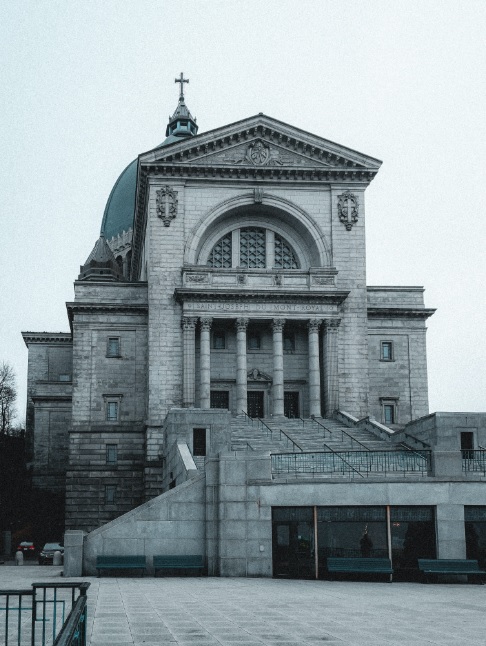What is Gaudi Architecture and Catalan Architect?

Antoni Gaudí (1852–1926) was a renowned Catalan architect known for his distinctive and highly imaginative architectural style that became synonymous with the Catalan Modernisme movement. Gaudí’s work is characterized by organic forms, vibrant colors, and a deep integration of architecture with nature. His buildings are often considered works of art, and his influence extends far beyond architecture into the realms of design and sculpture.
Key characteristics of Gaudí’s architecture include:
- Organic Forms:
- Gaudí was inspired by natural forms, and his designs often mimic the shapes and structures found in nature. Curves, waves, and asymmetrical forms characterize his work.
- Use of Color:
- Gaudí was known for his use of vibrant colors, both in the exterior and interior of his buildings. He often employed brightly colored tiles and mosaics to create intricate patterns.
- Innovative Structural Techniques:
- Gaudí was a pioneer in using innovative structural techniques. He developed unique solutions to architectural challenges, often inspired by mathematical and geometric principles. His structures were known for their structural innovation and creativity.
- Sculptural Elements:
- Gaudí integrated sculptural elements into his architecture, blurring the lines between sculpture and building. His designs often featured sculpted figures, reliefs, and intricate details.
- Symbiosis with Nature:
- Gaudí believed in a harmonious relationship between architecture and nature. His buildings often incorporate natural elements, and he used biomimicry to draw inspiration from the forms and structures found in the natural world.
- Trencadís Technique:
- Gaudí popularized the use of the trencadís technique, which involves covering surfaces with irregular ceramic tile shards. This technique is a prominent feature in many of his works, including the famous Park Güell.
- Parabolic Arch Forms:
- Gaudí frequently used parabolic arches, creating an aesthetic that is both visually striking and structurally sound. These arches contribute to the organic and flowing nature of his designs.
- Religious Inspirations:
- Many of Gaudí’s works have religious themes, as he drew inspiration from his devout Catholic faith. Notable examples include the Sagrada Família, Casa Batlló, and Casa Milà.
- Unfinished Masterpiece: Sagrada Família:
- Gaudí’s magnum opus is the Sagrada Família, a basilica in Barcelona that remains unfinished to this day. The ongoing construction of the Sagrada Família has become a symbol of both Gaudí’s legacy and the city of Barcelona.
- Whimsical and Fantasy Elements:
- Gaudí’s architecture often exudes a sense of playfulness and fantasy. His creations are imaginative and filled with whimsical details, creating a sense of wonder for those who experience them.
Prominent examples of Gaudí’s architecture include:
- Sagrada Família (Basilica and Expiatory Church of the Holy Family): An iconic basilica in Barcelona, characterized by its intricate facades, towers, and symbolic details.
- Park Güell: A public park featuring colorful mosaics, serpentine benches, and whimsical structures, showcasing Gaudí’s distinctive style.
- Casa Batlló: A residential building in Barcelona known for its fantastical design, vibrant colors, and sculptural details.
- Casa Milà (La Pedrera): Another residential building in Barcelona, celebrated for its undulating stone facade and wrought-iron balconies.
- Casa Vicens: Gaudí’s first major commission, a residential building in Barcelona with a Moorish influence.
Gaudí’s work has left an indelible mark on the world of architecture, and his legacy continues to influence contemporary architects and designers. In 1984, several of his works were designated as UNESCO World Heritage Sites.

